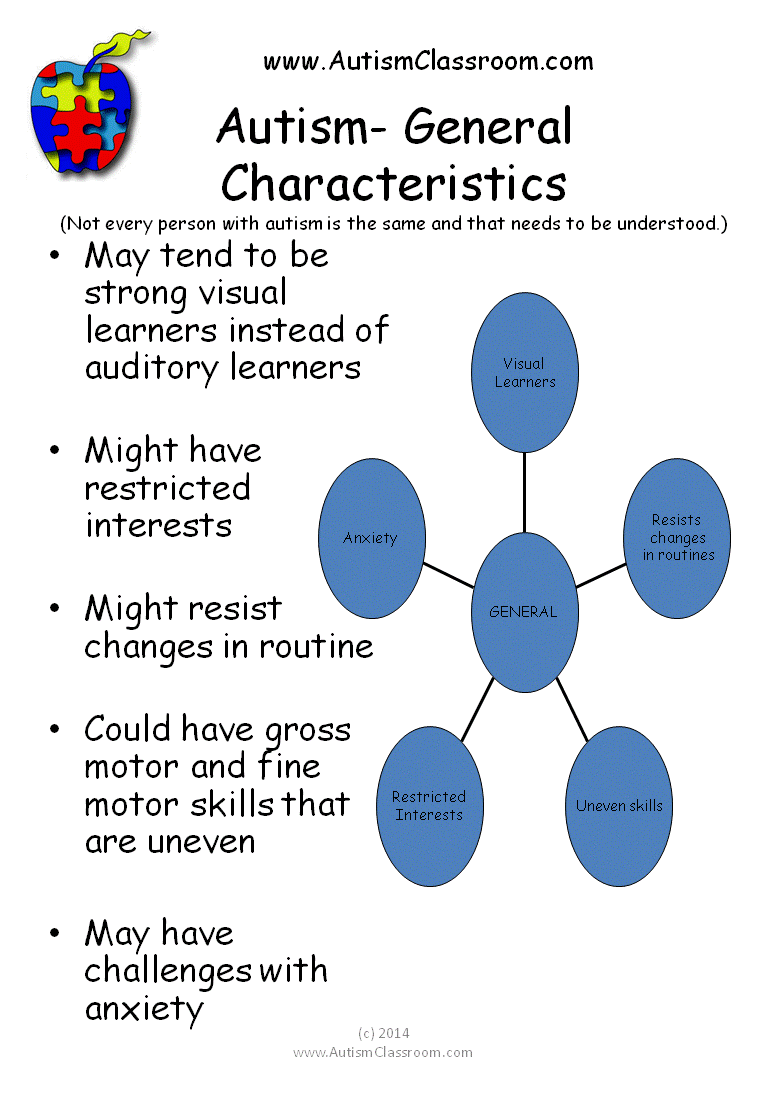After you have identified the function or at least have a good
idea of what you think the function of the behavior may be, then it will be time to
come up with some solutions to address the target behavior.
Depending on the
function of the behavior, your response will be different.
Each of these suggestions that will be provided are only some of many
possible solutions for a Behavior Intervention Plan. Please know
that this is only a small portion of what there is to know regarding interventions.
Talk with your team to determine the specific
interventions that may work for your specific student.
With any Behavior Intervention Plan, it will be important to
inform other staff members in the school and family members about the techniques
you will be using, so that they are on the same page.
Here is a sample of the presentation slides that aim to help participants think about how they are responding to behaviors based on the function.
Escape/avoidance behavior:
Escape/avoidance behavior:
•Did I put in place Positive
Behavior Supports?
•Did I provide a scheduled “escape”
before the student engaged
in the behavior?
•Did I decrease the difficulty of the
activity, then gradually increase the difficulty as the students does better?
•Did I teach the student how to request a break appropriately?
•Did I remember to not stop the activity
just because of the behavior?
 |
| A slide from the presentation. |
The Teacher as a Leader Series (Part 8: Responding to Each Behavior Function) includes handouts that you can give to the individuals you are providing professional development.






















